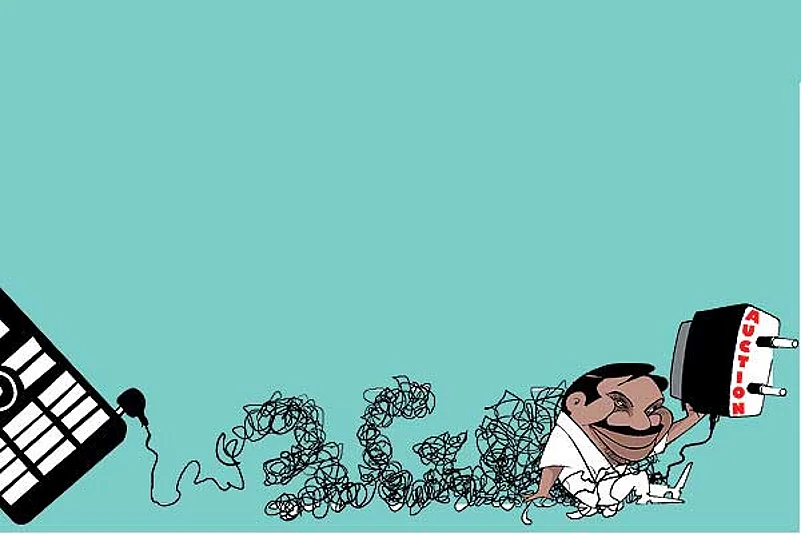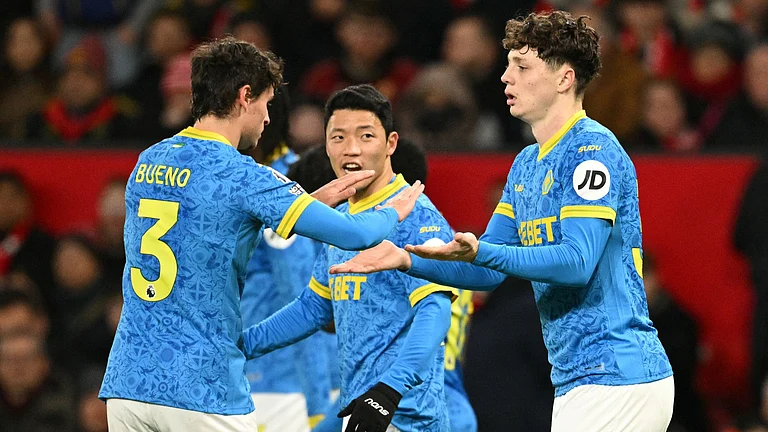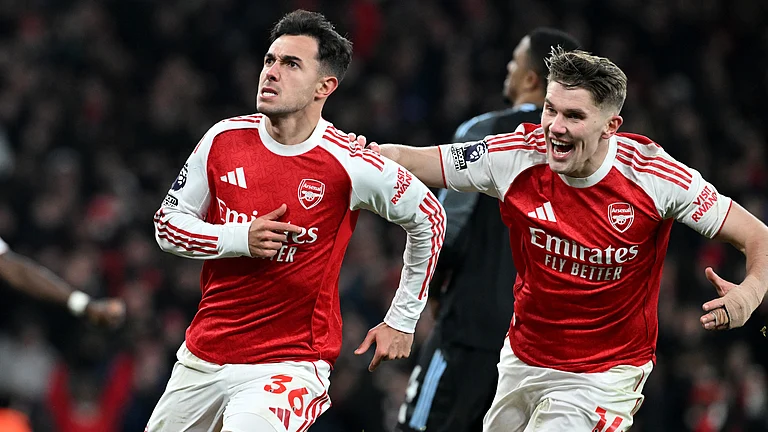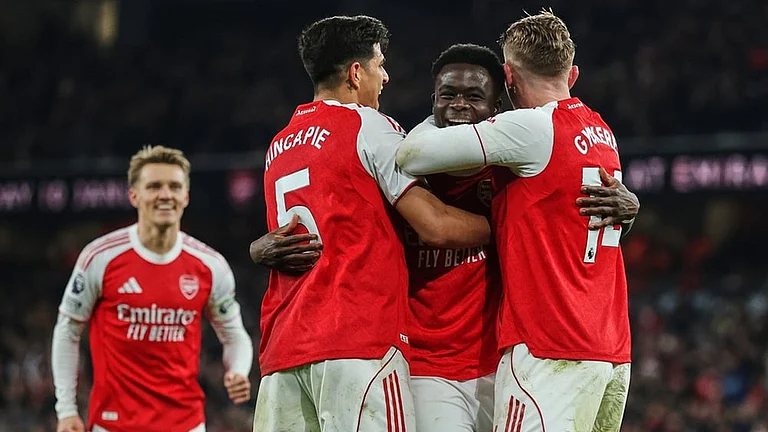It’s been five years in the making, bundled with its attendant delays and controversies. But now that the much-awaited 3G auctions are literally around the corner (India auctions spectrum for third generation mobile services on April 9), there’s less elation and more hushed concerns about the future of this new-generation mobile technology.
Understandably, the government has high expectations—it hopes to garner upwards of Rs 35,000 crore, a crucial push for it to plaster a burgeoning fiscal deficit. At least on the surface, the companies are looking to get spectrum to help them offer new services (high-speed voice and data) and sustain growth. With only three slots being offered per circle, bidding will be aggressive. But even as they enter the ring to call a price for the airwaves, industry has some serious apprehensions.
They know that the second-largest telecom market in the world is primarily led by voice and has the world’s lowest revenues per user, leaving very few potential buyers of premium 3G services. It would be difficult to sell premium-priced services in a sea of low tariffs. It’s no secret that servicing existing customers and expansion plans are the true lure for the precious 3G spectrum. Finally, with telecom regulator TRAI starting in February the pre-consultation process on 4G—a successor technology, offering further enhanced speeds and services—the 3G experience could well be short-lived.
Some of the companies Outlook spoke to privately admit that it would be difficult to justify their 3G investments, as they will have to offer low-cost 2G voice services on it. If 4G services (commercial trials will begin globally this year) start in India in the next 2-3 years, things will get tougher. “Every operator will keep this at the back of their mind during valuation and bidding because they will have to justify their action and price later,” says a top official of one of the largest telecom service providers. “Even in countries where 3G was launched 4-5 years ago, revenues have not exceeded 10-12 per cent.”
Another leading operator, with interests in both GSM and CDMA technologies, feels that if the government is serious about 4G, it will leave very little time to get users hooked to new 3G services. The government is expected to allocate 3G spectrum by August 2010. After infrastructure deployment and roll-out formalities, the earliest companies can launch 3G services is the first quarter of 2011. With TRAI looking at 2012-13 for 4G becoming a reality, there will be two years for the operators to establish 3G and get enough subscribers to justify the investments.
The 4G technology promises services at speeds many times higher than 3G and can enable many critical services like high-speed internet, streaming multimedia, real-time video conferencing and mobile commerce. TRAI feels that with countries like Sweden, Norway, the US, Korea and Japan moving towards 4G services, India should be prepared for introducing it at the earliest if it wants to remain technologically competitive.
The government has other interests in 4G, especially for high bandwidth-consuming social services. Says TRAI chairman J.S. Sarma: “The data transfer speed requirement in India, whether for gaming and entertainment or for agriculture, medicine or education, is much higher than what 3G can offer. A lot of 3G spectrum will also be used for voice. But we should not be satisfied with 3G, which will tide us over a very short period. Real broadband will happen only in 4G. If 3G is an appetiser, 4G will be the main course.”
In fact, leading hardware vendors are already active in India for 4G and Broadband Wireless Access (BWA) or Wimax—which is considered a precursor to 4G. Says Subhendu Mohanty, country head, networks, Motorola: “Wimax is the first phase of 4G technology which is being launched because of proliferation of data and video services. 3G has limitations of data speeds. 4G, on the other hand, is very fast and useful for this.” Motorola is already talking to leading service providers for BWA, for which auctions come immediately after 3G. Not surprisingly, there are a higher number of bidders, 11, for BWA, as compared to nine for 3G.
What’s then driving the nine firms bidding for 3G spectrum? It’s a prestige issue, for sure—and one driven by necessity, as most of their expansion plans have been hampered by lack of spectrum in 2G. Says telecom analyst Mahesh Uppal: “2G spectrum has not been allocated for almost two years and the incumbents in 2G are concerned...for them, 3G is a way out as it is a question of growth.”
Analysts also feel that the base price of Rs 3,500 crore for pan-India 3G spectrum is too high. Says Romal Shetty, telecom expert with KPMG: “It will take time for 3G to bear fruit. The investment is too high and companies will have to take it beyond the normal urban areas to justify it.” But with most of the non-urban areas being voice-centric markets, this could indeed be a tough nut to crack.
It is not surprising then that foreign players—those who do not have a stake in the existing companies—have stayed away from the 3G auction process as have new companies who entered the industry last year. Uninor is one such example. “We cannot participate in these auctions when we haven’t even received the 2G spectrum that we have already paid for,” Uninor MD Stein-Erik Vellan told Outlook.
Interestingly, the CDMA operators who have not been part of the 3G game in India feel that most of the services promised by 3G are already being provided by operators. With the launch of high-speed wireless modems and data cards, India has already experienced mobile broadband at speeds of 3-5mbps, one of the main attractions of 3G. In this situation, it would be good for them to go directly to 4G than wait for the government to provide a roadmap for 3G.
Of course, it would be foolish to write the final word on a new technology. Especially as, as some in the industry predict, the powerful telecom companies might play their financial and political muscle to keep 4G at bay and allow more time for them to justify spending millions on 3G. So, despite the odds, there may be some fire in the April 9 auctions as incumbent telecom companies fight for survival and spectrum. But considering that telecom service providers are already under financial stress, the auctions will certainly not mirror the IPL frenzy. If that happens, the biggest loser would be the government—yet again.






















